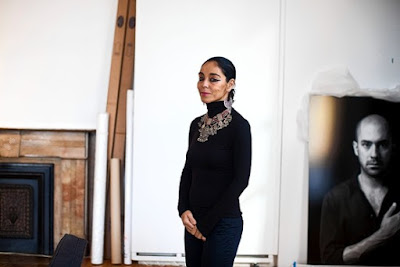Tough rulings against Iranian filmmakers and the harsh treatment of female actors are causing despair in the film industry. But it wasn't always like this. Amir Hassan Cheheltan outlines the history of Iranian cinema, which is richer and more complex than the outside world realises
Courts in Iran recently handed down prison sentences to two Iranian filmmakers, Jafar Panahi and Mohammad Rasoulof. The court of appeal found them guilty of acting against national security and creating anti-regime propaganda.
A few years ago, a young female actor who appeared alongside Leonardo DiCaprio in a Hollywood film was arrested and maltreated; she felt she had no choice but to leave the country.
Another even more recent case concerns another female actor. She was sentenced to a year in prison and 90 lashes for appearing in a film that had been approved by Iran's cultural authorities. Her colleagues protested against the decision in an open letter, saying that the Iranian film industry was simply not strong enough to bear a punishment such as this.
Contravention of Sharia law
In this film, the female actor in question plays the part of a young woman conducting an extramarital affair with a young man. They attend parties together outside the city. It goes without saying that no love scenes are shown in the film, and the party scenes are set in a dark location so full of cigarette smoke that it's difficult to make anything out clearly. But the main point is this: the woman appears before the camera without a headscarf, as her head is shaved totally bald. Sharia law dictates that the hair on the head must be covered up. A head with no hair, however, does not need to be covered up.
In an interview, the director of the film raises the question as to whether an actor can be held responsible for a crime committed in a film. Other colleagues of the actress point out that the world of film is fictional, not reality.













